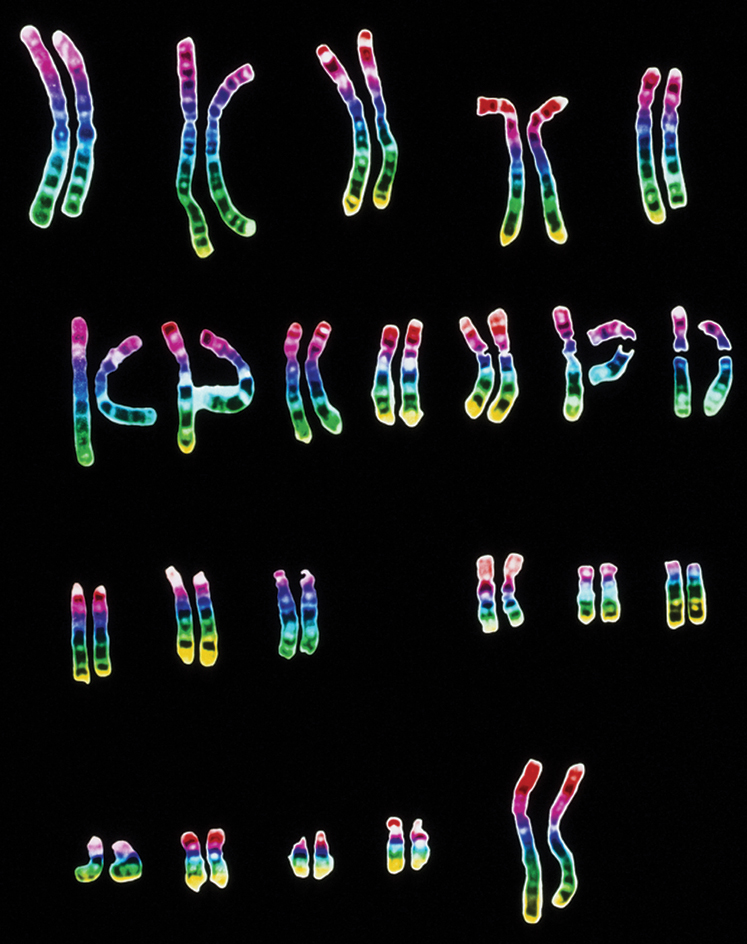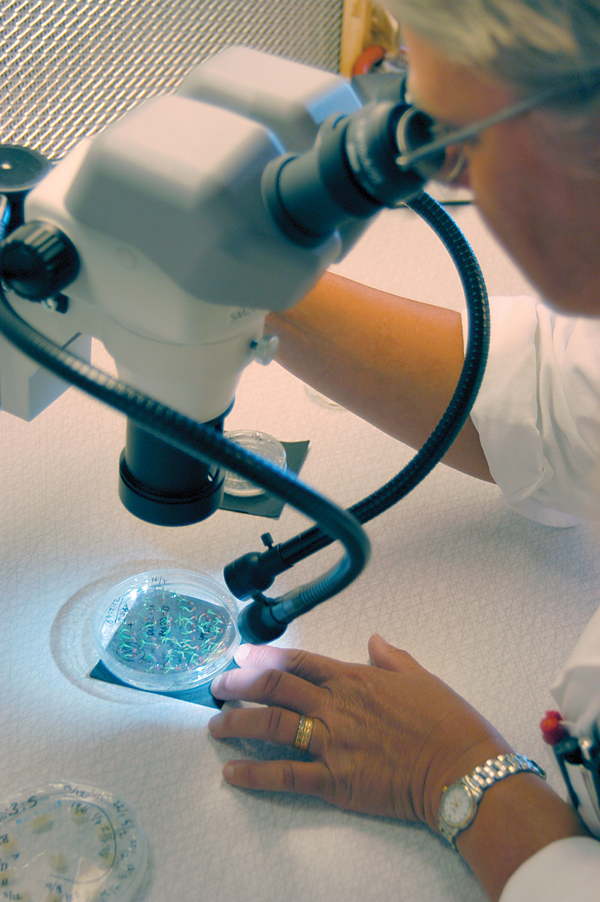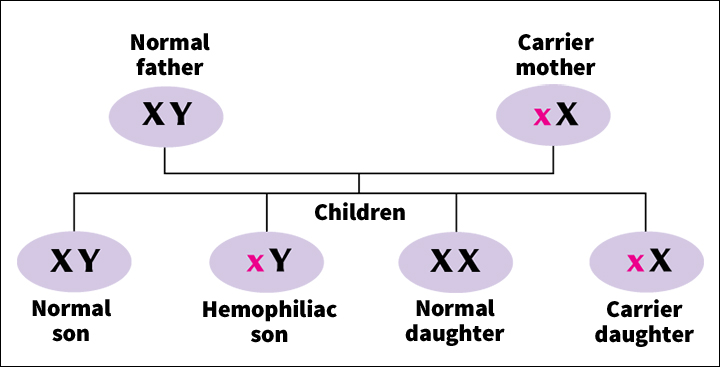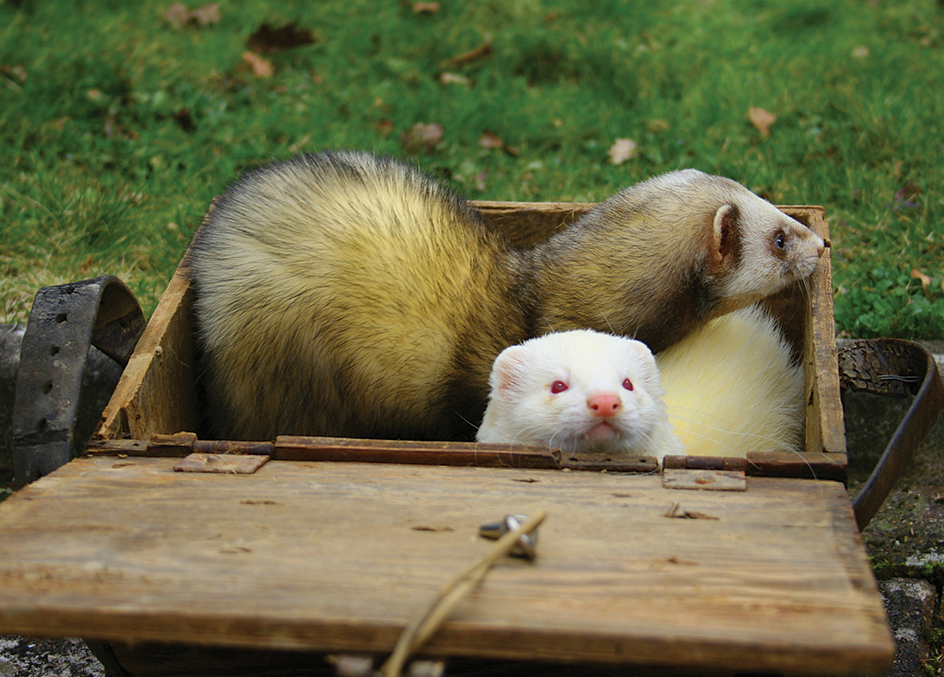Genetics is the scientific study of heredity, the passing on of characteristics of living organisms from one generation to the next. Geneticists investigate the structure, function, and transmission of genes. Genes are the basic units of heredity and are present in the cells of all organisms. For example, each of the cells in the human body has about 20,000 to 30,000 genes. They determine overall body build and such traits as eye, hair, and skin color. See Cell ( The genetic code).
Genetics can be divided into three major areas of study. They are (1) molecular genetics, (2) transmission genetics, and (3) population genetics.
Molecular genetics
examines the structure of genes and the chemical processes associated with them. Genes are located in cells on threadlike structures called chromosomes. Genes are made up of DNA (deoxyribonucleic acid), and most genes carry coded chemical instructions for the production of proteins. Proteins are essential for the repair and replacement of body tissues. Some proteins, called enzymes, control the chemical reactions that occur within all living things. The structure of a gene—that is, the instructions that are contained in its DNA—determines which protein it makes and when it makes it. See Evolution (DNA studies).
Molecular geneticists study such processes as replication and mutation. Replication is the process by which the cell duplicates DNA molecules. DNA replication occurs before cell division. Mutation is a permanent change in a gene’s coded chemical instructions. Gene mutations may alter the organism’s traits in some way and may be transmitted to future generations.
Some molecular geneticists, called developmental geneticists, focus on gene regulation. They try to determine the regulatory processes that cause certain genes to become active in some cells and not in others. In the pancreas, for example, some cells produce insulin because a certain gene is active in them. But in all other cells of the human body, this gene is not active even though it is present.
Advances in molecular genetics led to the development of genetic engineering (techniques for altering the structure of genes). Genetic engineering has been used to alter genes to increase crop and livestock production. Genetic engineering also has many uses and potential uses in medicine and industry.


Transmission genetics
is the traditional approach to the study of heredity. Transmission geneticists analyze patterns of inheritance by applying and extending laws discovered by Gregor Mendel, an Austrian botanist and monk. Mendel published his discoveries in 1866. Transmission geneticists study how genes are transmitted by tracking variations in the patterns of inheritance of a trait over generations.
Transmission geneticists locate and describe where genes are arranged on chromosomes, a process called gene mapping. Their work has made it possible to associate certain traits with specific genes.
Discoveries in transmission genetics have many practical applications. For example, the discovery of a gene that is responsible for a hereditary disorder helps identify individuals who are at risk of developing the condition. See Gene therapy; Genetic counseling.

Population genetics
focuses on processes that change the relative frequency of genes in a population through time. A population is a group of individuals of the same species that live within the same area.
Population geneticists often study how mutations and other processes of evolution, such as natural selection, interact with one another. They try to understand how such interactions affect the frequency with which certain genes occur within a population. Population geneticists believe that an understanding of the processes of evolution and genetic transmission helps explain the diversity of life on the earth—and within our own species.

